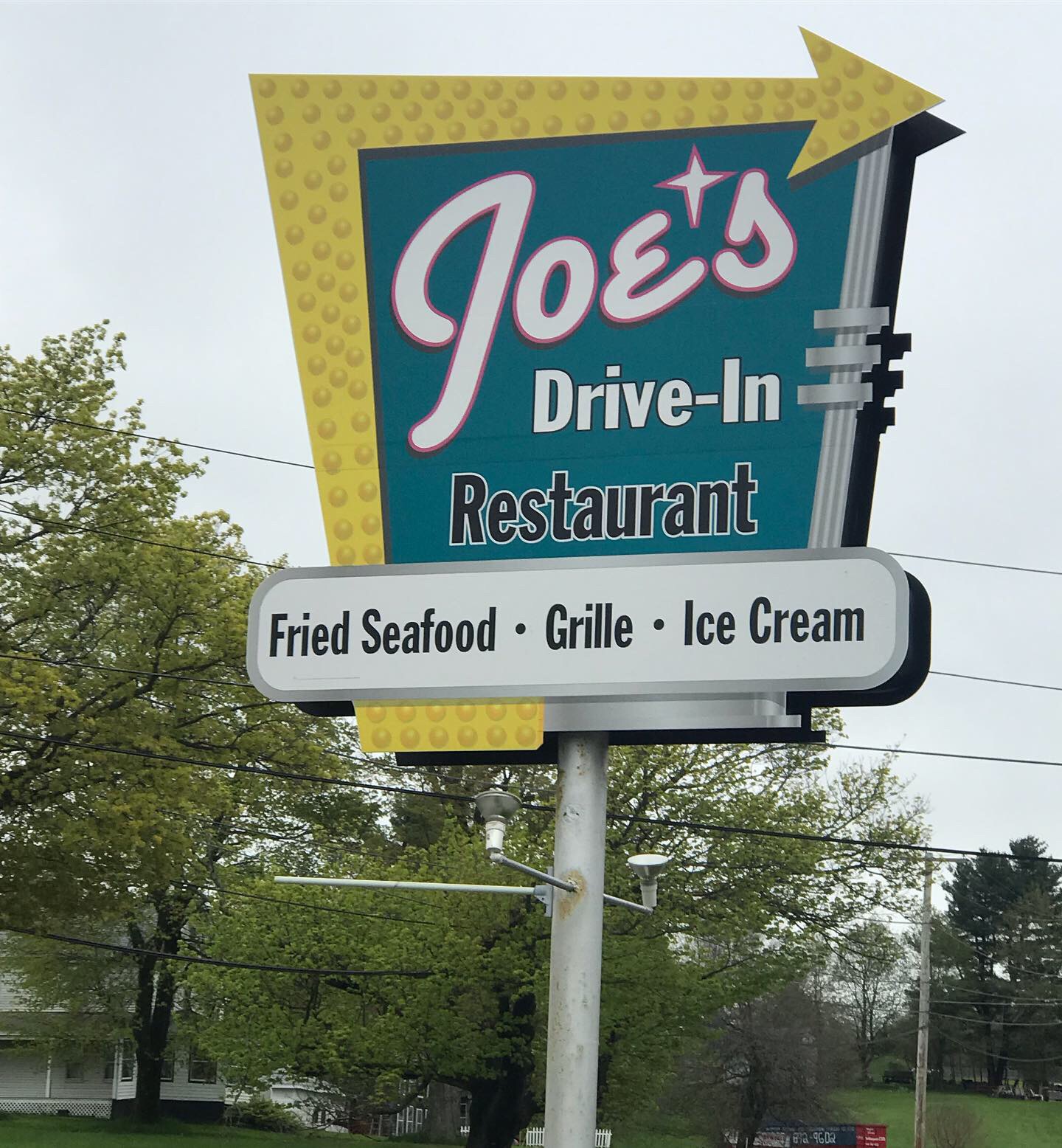 "How to Murder Your Life: A Memoir"
"How to Murder Your Life: A Memoir"
By Cat Marnell
"The Grand Tour: The Life and Music of George Jones"
By Rich Kienzle
The unspoken social contract for addiction memoirs is that we get to enjoy the subject's downfall so long as there is redemption in the end. Shenanigans are exhilarating but reckonings must invariably follow. But sometimes, lives do not take this trajectory, as two otherwise widely-divergent life accountings attest: A memoir from Cat Marnell and a biography of legendary country music singer George Jones.
These two individuals could not be any different from one another, and yet neither entirely swore off their demons, even as their self destruction resulted in their best art.
![]()

After some saucy preliminaries about a D.C. latchkey upbringing (w/ interesting dirt on the party habits of rich Chevy Chase kids), Marnell's memoir dives right into her post-college NYC years, working by day as a fashion/beauty editor for the Conde Naste, and getting wrecked by night.
“The more amphetamine I took, the more fun being by myself was, actually. Speed was like magic. Lonely magic," she wrote. She learned the secrets of Adderall, breaking open time-release capsules open before swallowing them to make them work faster. Marnell's prose is punchy, clever, and very conscious of keeping the reader entertained--a carryover in part from the skills of forced brevity from Conde Naste, perhaps.
After finally being ejected by the New York magazine publishing world for being too extra, she did a few unfruitful turns in rehab. "Before I arrived, I thought rehab was like, I don't even know, a place where a party girl could recharge her batteries, you know, before she could return all refreshed and healthy feeling,” she wrote, before concluding, “I’ve had tanning bed experiences that were more transformative." She despised all the "spoiled, shit-talking, adult children" that inhabited these places.
Eventually, she returned to NYC to work in what was then a burgeoning world of first person-driven media blogs,
bent on deconstructing the staid world of old-school magazine journalism with ballsy unconventionality.
Jane Pratt's frank XOJane was on this cutting edge, and would use the
fullest of Marnell's talents.

The drug use crept back into her life too, the clean Connecticut living didn't match the speed of NYC, which seemed at the time (and most times) to require stimulants to get the most from. The nights of dancing gave way to snorting tiny piles of off-white heroin at home until the morning though. Her relationships weren't too healthy either. “Unhealthy people attract other unhealthy people," she wrote. "And girls on drugs attract bad guys like a wounded baby deer attracts vultures.”
The New York Post's Page Six gossip column called her the "Hunter S. Thompson of the beauty beat." Focusing the glossy magazine skills on her knowledge of the late night party life, she produced a friendly, raw, savvy, and at times totes legit helpful service journalism for the street. “That’s how you come down from angel dust," she wrote. "You pound whole milk. Weird, right? Don’t ask me how it works, but it does.” (Boy I wish someone would compile her writing from this period into a book.)
Here's my testimonial to Marnell's mad service journalism skills: I once Tweeted a quote of hers, along with an Amazon link back to her memoir from which it came. A few weeks later I got a tidy little $3 royalty from Amazon, from someone who bought the book from this link, and then went on to also purchase a variety of beauty-care products. Marnell doesn't even try, and she brings the dollars with her prose.
But then, New York is filled with such folks, people for whom being a genius is the least of their troubles.
“I’ve been stuck in a gnarly cycle of performance-enhancing drug abuse, followed by completely falling apart ever since," she wrote. "As my addiction has continued to progress, I’ve stopped trusting my brain to do anything on its own.”
In the end (of this memoir anyway), Marnell says she has sworn off the hard stuff, though admits to taking a "nibble" of Adderall before exercise.
(Update: She no longer talks to the press about her addictions, and as of 2018, she has sworn off the addies for good.)
![]()

Someone else who had talent to burn was country music singer George Jones, who recorded nearly 1,000 songs, a surprisingly large portion of which are about denial of one sort or another: Denial about being in love, denial about drinking too hard, and, most of her, denial about his true love never coming back. He lived until 81, despite never having completely given up, entirely, his love for the bottle.
My interest in George Jones was piqued by a comment made by Tyler Mahan Coe (of the excellent "Cocaine and Rhinestones" podcast). He was once asked who he thought the best country music singer was. It was George Jones, not the least because "whoever else you'd pick would also say George Jones."
Both Frank Sinatra and Tony Bennett respected Jones as a singer, and yet Jones remained a country singer, and only a country singer, for his entire career. Through the decades, Jones "evolved into a stylist capable of conveying levels of meaning that explored and defined a lyric at the level even the composer may not have thought possible," Rich Kienzle wrote in "The Grand Tour: The Life and Music of George Jones."
Jones had a fluid vocal range, one able to move between "high lonesome," as Kienzle put it, and low baritone. "I'd try to live the story of that song in my mind, my heart, and my feelings," Jones once said.
Perhaps because of Jones' rough childhood, such inspiration required alcohol, however. For each recording or live performance he needed to find that balance between the point where a nice buzz would loosen him, but not so much that he'd get sloppy. This was a nightly routine.
George Jones had taken from music pretty much from birth, a child prodigy of sorts, but it was always a mixed blessing for him psychologically. "Glenn" to his childhood friends and family, Jones grew up in the-then impoverished town of Saratoga Texas. An occasional moonshiner, George's father drank hard, and when he'd get home drunk, he'd called for George and his sister to sing for him, else they'd get a whipping by the belt.

Naturally, he got out of the house as soon as he could, and he took up busking in Jasper, a town not too far from Beaumont, where his parents had moved to get some of that booming war work. He'd soon play the circuit in Beaumont, including a shipyard bar off the Neches River as well as at a drive-in joint on Highway 90 where he'd play inside and people would listen via speakers in their cars, with car-hops going car to car delivering beer. His friends noticed he never seemed to have a home, but just drifted from staying at one person's house to another, even borrowing his guitars.
His third wife was country music singer Tammy Wynette, who, a former hair-dresser, convinced him to grow out his flattop hair cut to a full down style, in effect bringing country music fashion into the 1970s. They built a theme park together, which he drove around in a Nudie-customized Pontiac Bonneville, with 4,000 silver dollars embedded in the body. The marriage soon hit the rocks though. Off on a bender, Jones skipped out on a gig with Wynette in Las Vegas -- on her birthday. Their marriage lasted only six years with Wynette saying in hindsight that Jones was just not one of those people who could not stand happiness.
Later in his career, he missed so many gigs from drunkenness, he got tagged with the nickname "No Show Jones." That his fans stuck with is a testament to his power as a singer. "I think about the dates that I missed, and I'll see those mamas and daddies and some grandkids walking down the old country dirt road ... walking to town maybe a mile, and they've been saving their money for a couple months just to get there and to be let down ... I guess that hurts me worse than anything else," he once told an interviewer.

Not that this stopped his drinking. Jones got arrested a lot for public drunkenness. He was ornery. He once threw a coffee table through a plate glass window. He'd wreck hotel rooms on the regular. In their early touring days, fellow act Johnny Cash would accurately estimate, down to the dollar, how much Jones would get charged by the hotel for all the damage he did in some drunken rampage. He once got so fed up that his tour bus -- nicknamed "The Old Brown Bomber" -- didn't have air conditioning, he shot holes in the floor with his gun, not realizing that the holes would just let in the exhaust.
Jones tried to stop drinking on many occasions. The most famous story from this period was how he drove his lawn mower eight miles into Beaumont to get some liquor because his wife -- the second of four -- took away his car keys to stop him from drinking. Other stories were less amusing, such as the destroyed furniture, automobiles, and marital abuse.
As with any celebrity, enablement was a big problem. One apocryphal tale has it that Jones was arrested driving drunk late one night on some country back road by a junior police officer, who, when he pulled Jones over for driving erratically, found liquor, a young drunken woman in backseat, and a unidentified white powder in the glove compartment. Jones spent the night in the local jail, and the next morning, the judge, seeing the famous country singer's name on the docket, immediately let him go, apologizing for the county taking up his time.